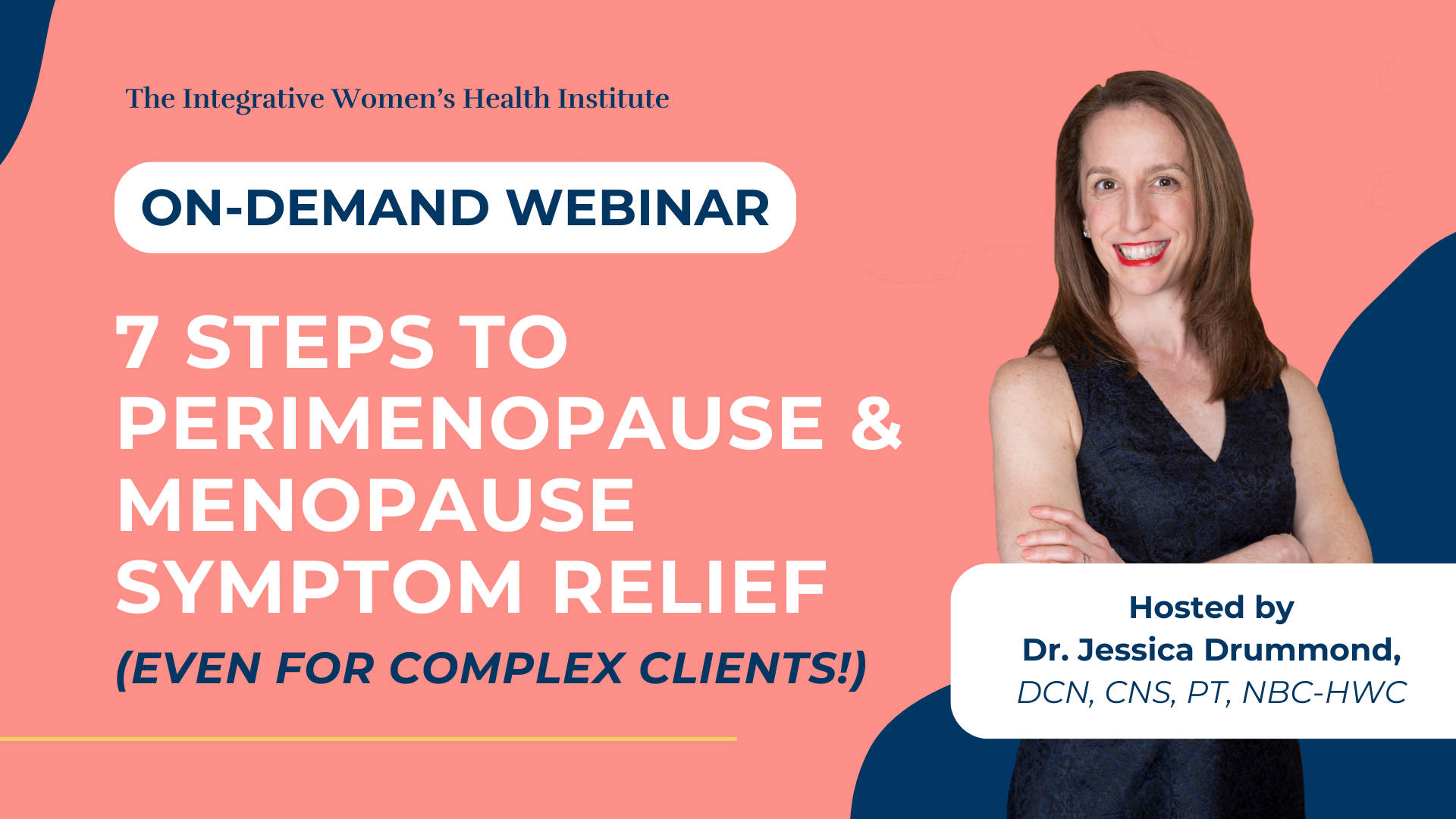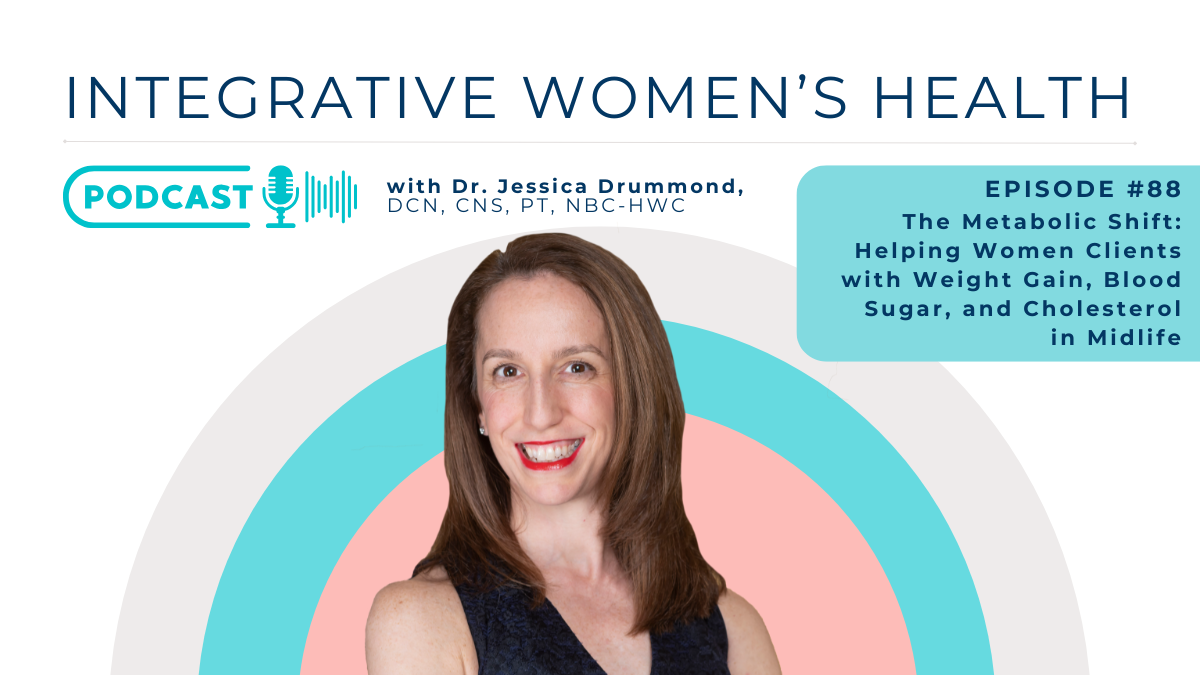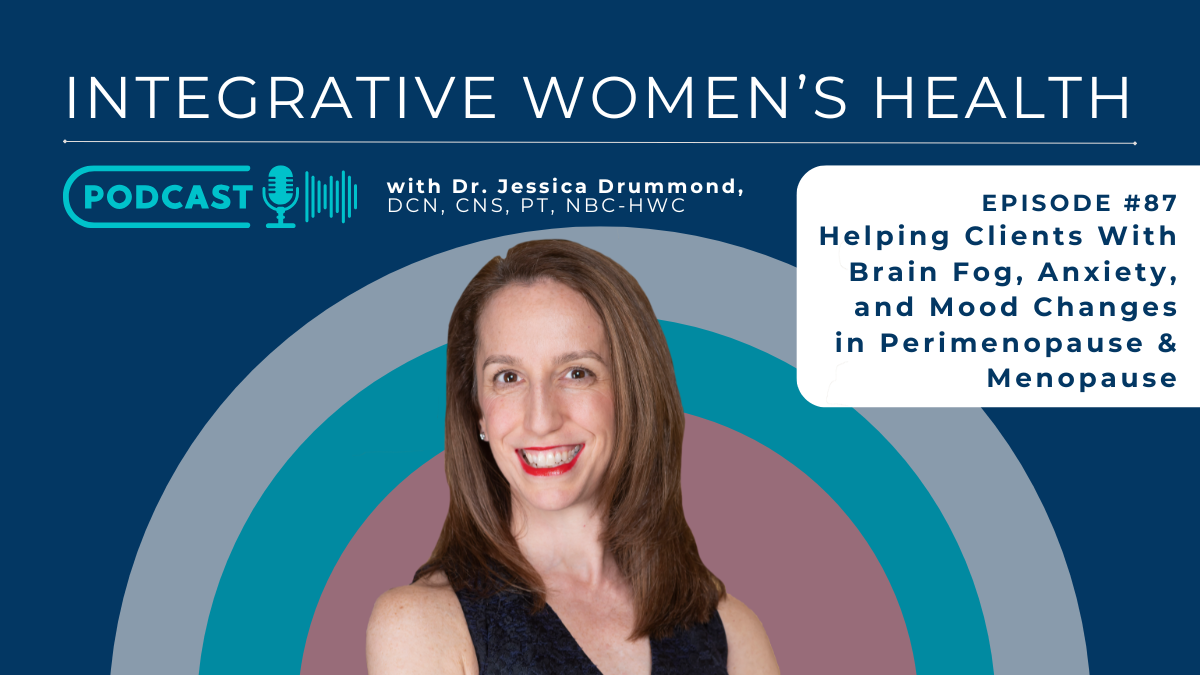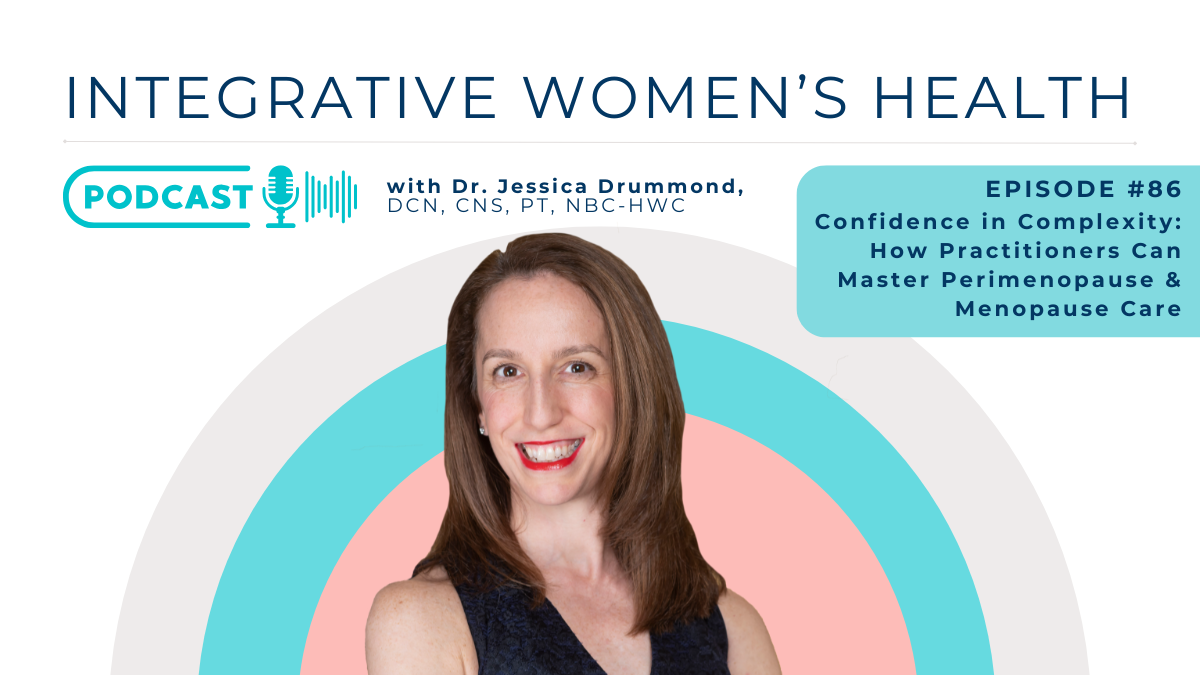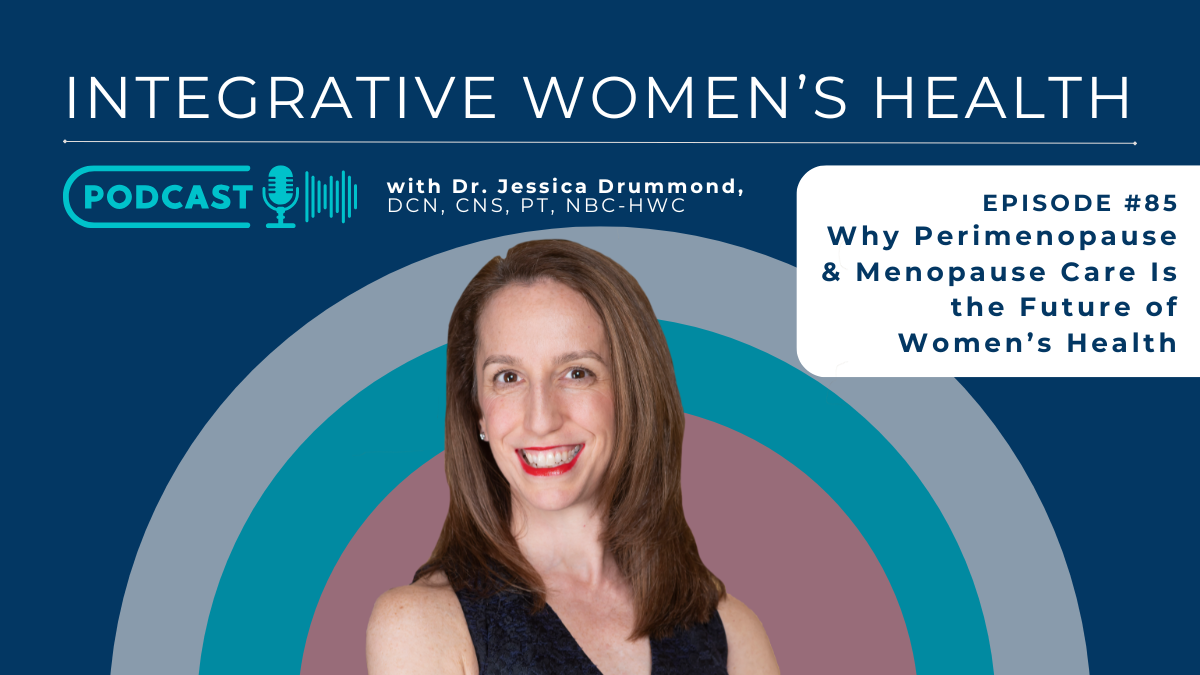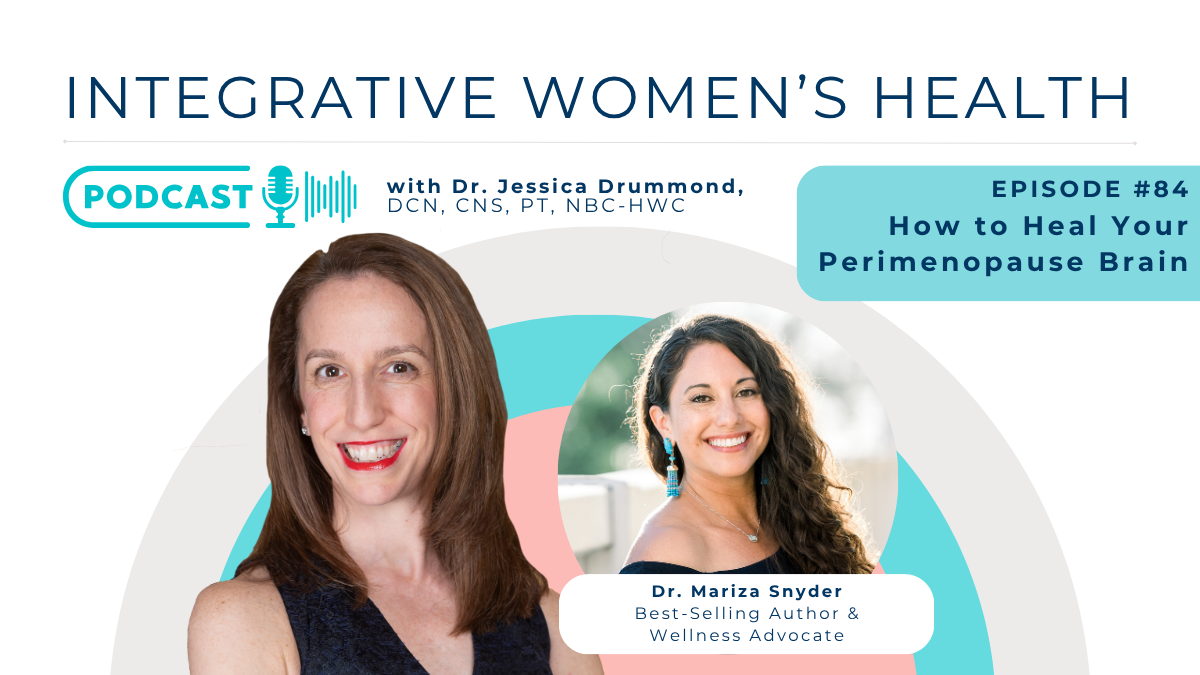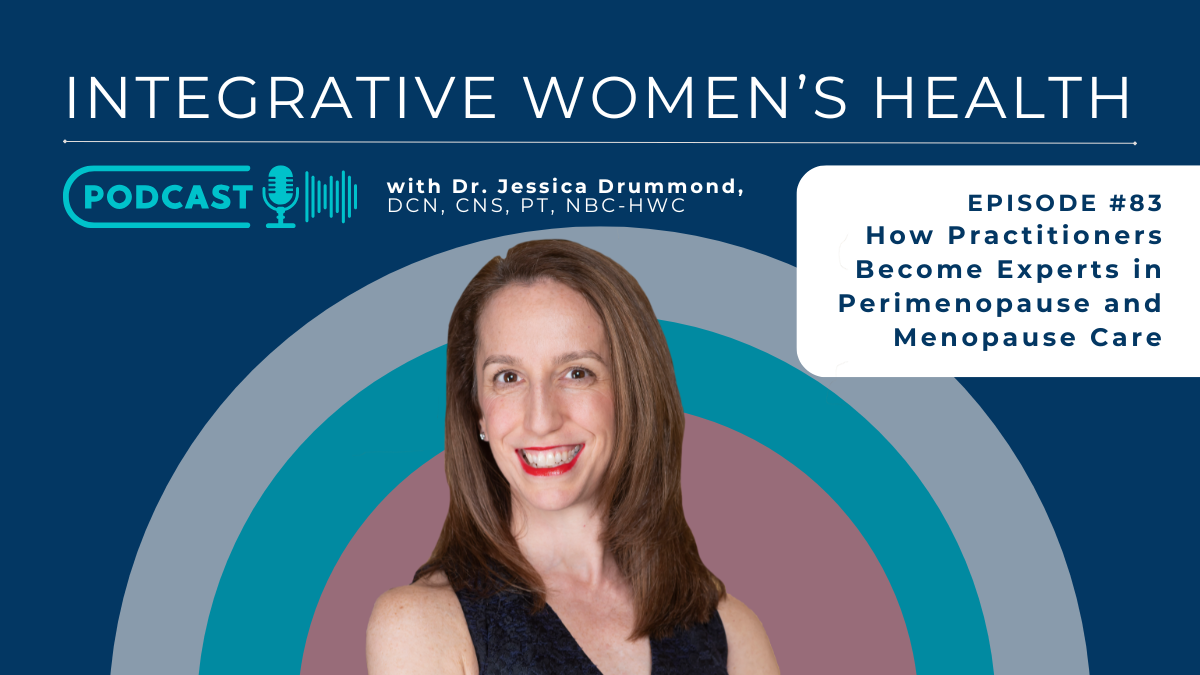As a health or wellness professional specializing in women’s health, you’re acutely aware of the unique stages women go through during their lifetime. Of these stages, perimenopause is a critical transition period, characterized by a set of physical and emotional symptoms. Knowing how to identify the end of perimenopause and the onset of menopause can be instrumental in providing effective patient care.
The Perimenopause and Menopause Certificate Program can help you deepen your understanding of this key transition and guide your patients and clients with confidence.
Perimenopause, often referred to as the menopause transition, is the period leading up to menopause, marked by changes in menstrual patterns and a range of physical and emotional symptoms.
It ends when a woman has gone 12 months without having her period, marking the onset of menopause.
Here are some key physical and emotional shifts that often indicate that perimenopause is nearing its end:
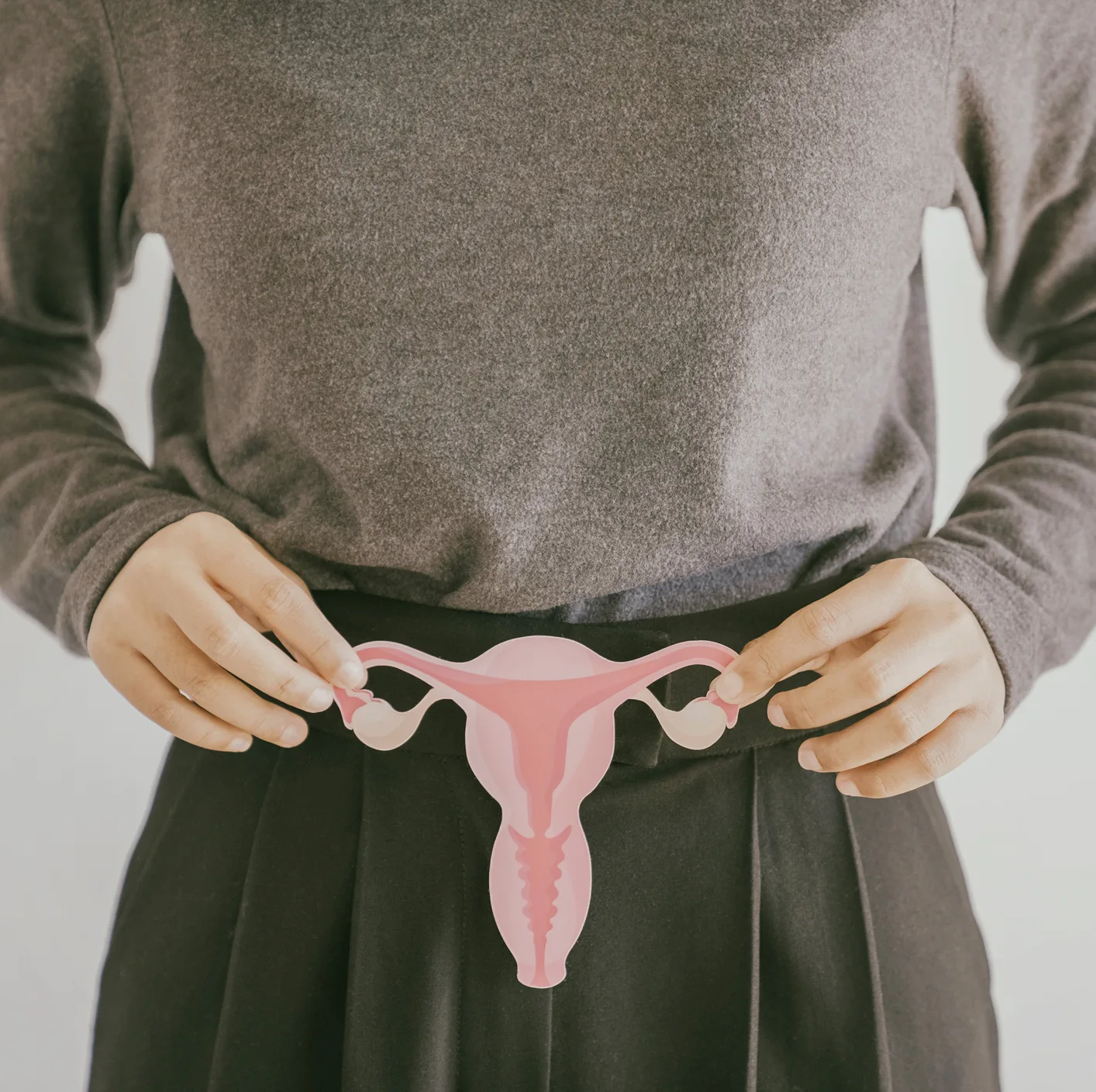
Changes in Menstrual Cycle
Irregular menstrual cycles are a hallmark of perimenopause.
As a woman nears the end of perimenopause, she may miss periods more frequently, eventually leading to a full year without menstruation – the definitive sign of entering menopause.
The menstrual cycle’s regularity is primarily maintained by the harmonious interaction between key hormones, including estrogen, progesterone, follicle-stimulating hormone (FSH), and luteinizing hormone (LH).
During the transition into perimenopause, the levels of these hormones, particularly estrogen and progesterone, begin to fluctuate and generally decrease. Progesterone decreases more linearly than estrogen.
Thus, periods of estrogen dominance and even high estrogen can occur during the perimenopause to menopause transition.

Estrogen is responsible for thickening the uterine lining to prepare for a possible pregnancy, while progesterone is responsible for maintaining this lining should fertilization occur.
As women approach menopause, their ovaries are depleted of the follicles that produce these hormones, leading to lower levels of estrogen and progesterone.
This decrease, and intermittent anovulatory cycles, often results in menstrual irregularity. For instance, periods may become more frequent (closer than 27 days apart), or spacing between periods may increase to more than 60 days.
There can also be variability in menstrual flow, with some periods being particularly heavy and others light. It’s not uncommon to experience random flooding with periods even for those who have had normal, regular cycles all of their lives.
It’s also not uncommon for women to skip periods during perimenopause only to have them return later. The decrease in progesterone relative to estrogen results in intermittent anovulatory cycles, which can result in a missed period.
Measuring hormone levels can give some insight into a woman’s transition to menopause.
Elevated levels of Follicle Stimulating Hormone (FSH), which the body produces more of in an attempt to stimulate the ovaries as they become less responsive, can be a key indicator.
However, because hormone levels fluctuate so much during perimenopause, these tests are not always definitive.
Measuring a woman’s FSH and estradiol (a form of estrogen) levels at the same time can give more information.
If the FSH level is consistently elevated (30 mIU/mL or higher) and the estradiol level is consistently low (less than 36 pg/mL), this typically suggests that a woman has entered menopause.
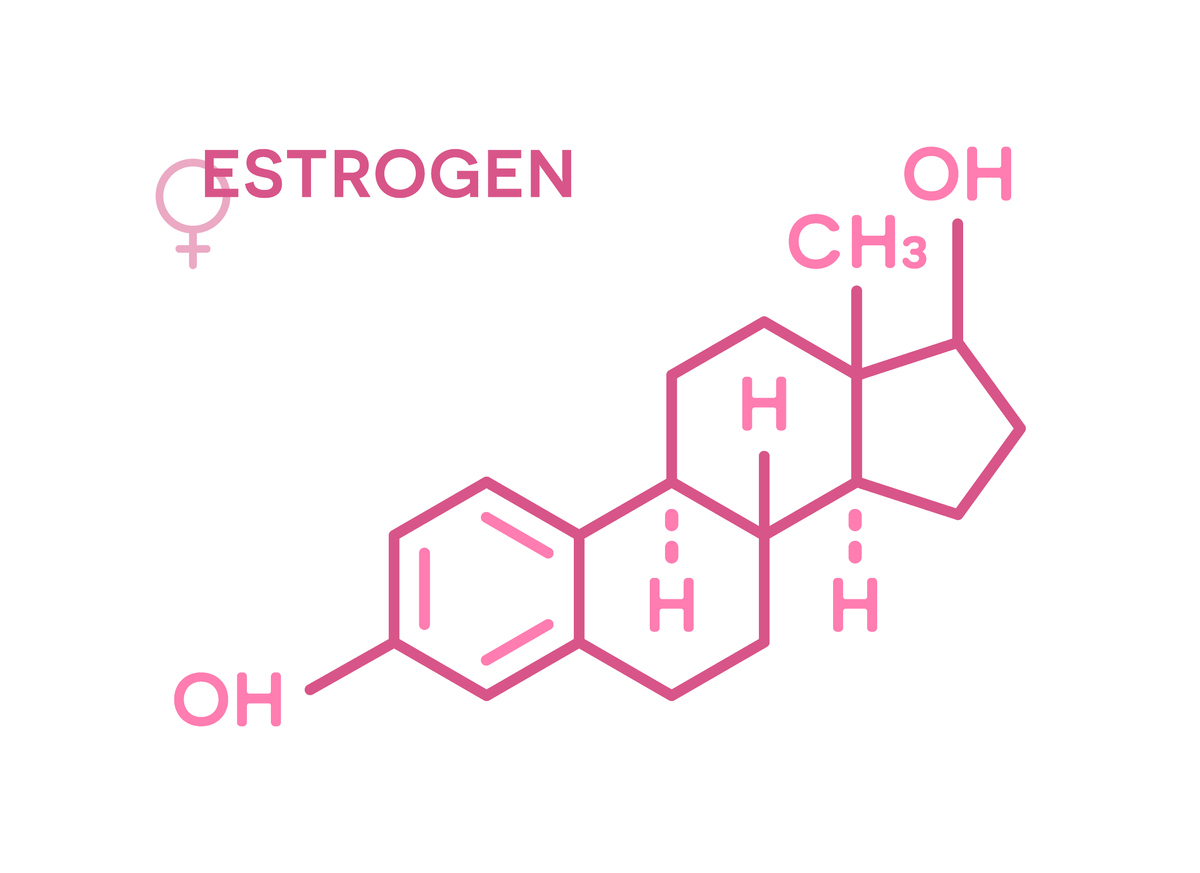
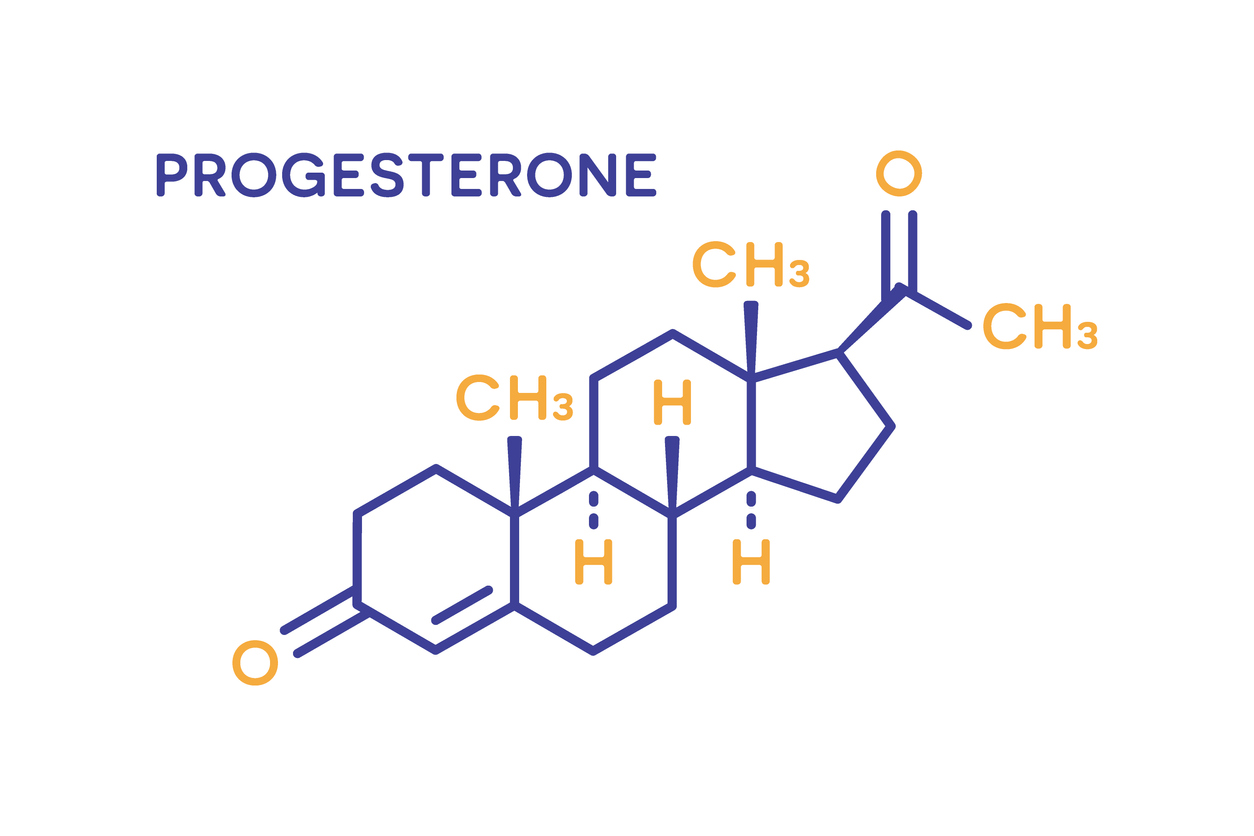
Changes in Body Composition
The transition from perimenopause to menopause can be accompanied by various changes in body composition. One of the most noticeable changes is an increase in abdominal fat.
This shift is largely attributed to hormonal changes, particularly the decrease in estrogen levels, and is often coupled with the common decrease in muscle mass that occurs with age unless women are actively participating in strength training programs, and nutrition to support muscle maintenance and gain.
Estrogen plays a crucial role in fat distribution in women’s bodies. Pre-menopause, women tend to store fat in the hips and thighs (a pattern known as gynoid fat distribution).
However, as estrogen levels decline during the perimenopausal transition, this pattern changes, and fat is more likely to be stored in the abdominal area (android fat distribution).
There’s also an interplay between estrogen levels and insulin sensitivity. With lower estrogen levels, some women may experience a decrease in insulin sensitivity, leading to a higher risk of weight gain and metabolic syndrome.
This increase in metabolic risk can be exacerbated by a dysregulated HPA Axis and suboptimal cortisol levels.
Hormonal assays can help identify the phase of menopause, and consider the resilience of the HPA Axis stress management system.
As mentioned earlier, tests for FSH and estradiol levels can provide valuable information, and adding a DUTCH test can be especially useful for early identification of metabolic risk.
Additionally, assessing other parameters like lipid profile, blood glucose levels, hemoglobin A1c, and body mass index (BMI) can help evaluate changes in metabolic health and body composition.
It’s essential to note that these changes, while common, are not inevitable.
Lifestyle modifications, including personalized nutritional shifts, regular exercise, and stress management, can play a significant role in managing body composition changes and promoting overall health during this transition.
Join Dr. Jessica Drummond, the founder and CEO of the Integrative Women’s Health Institute, for an exclusive webinar designed for health and wellness professionals who aspire to excel in menopausal symptom management.
Dive deep into her proprietary and comprehensive, seven-step approach to managing perimenopause and menopause symptoms, especially for complex cases.
Vaginal Dryness
Vaginal dryness is a common symptom experienced by women during perimenopause and becomes even more prevalent as they transition into menopause.
This is largely attributed to the decline in the levels of estrogen, a hormone that plays a significant role in maintaining the health and function of the vaginal and vulvar tissues.
In some cases, declining testosterone can also play a role, especially if women also experience a decrease in pelvic floor strength, and/or new onset incontinence.
Estrogen is essential in promoting the health and elasticity of the vaginal tissue by stimulating its thickness and the production of natural lubricants. It also supports a healthy pH balance within the vagina, which helps prevent infections.
During perimenopause, as the ovaries gradually decrease estrogen production, these protective effects diminish.
As a result, the vaginal walls may become thinner (a condition known as vaginal atrophy), less elastic, and more susceptible to dryness, itching, and discomfort.
This state of decreased lubrication can make sexual intercourse more painful and also increase the risk of vaginal infections, such as chronic UTI’s, yeast infections, and/or bacterial vaginosis.
Decreased Severity of Some Common Perimenopausal Symptoms
While not the case for all women, some may experience a decrease in the severity of perimenopausal symptoms such as hot flashes, night sweats, or mood swings as they transition into menopause.
This decline in symptoms can occur when the systems are more in balance and the hormone shifts settle to the “new normal” of menopause with relatively low estrogen and progesterone, but these levels remain more stable.
In the context of a healthy HPA Axis, nervous system, digestive system, and immune system, the symptom decline will be more pronounced.
This is possible for all of our clients at any stage of menopause or perimenopause, but active assessment and health promoting nutrition and lifestyle behaviors are key since all women now live in a world that is high in hormone disrupting chemicals which make this transition more symptomatic.

Emotional Shifts
For some women entering menopause is a welcome change. Women are excited to embrace the wisdom stage and stop having to “deal with” their menstrual cycles.
But, for many women, the menopause transition can evoke emotional shifts, fear, sadness, and crises of identity as their roles may shift or they are uncomfortable with the physical changes of menopause.
The reality is that many cultures value youth and youthful appearance.
When women shift into menopause, while there is much that we can do to optimize health and vitality, women are getting objectively older.
Aging is often accompanied by emotional shifts, and using your coaching skills as women’s health coaches and health professionals will be vital to holistically support women through this phase, whether they are 35 (or younger) or in their 50’s when it occurs.
Remember, while these physiological changes are a normal part of life, they can cause significant discomfort or distress for some women. As a health or wellness professional, understanding these changes and their impact is essential to providing effective, empathetic care.
Our Perimenopause and Menopause Certificate Program offers a comprehensive exploration of these changes and potential interventions to help manage symptoms and maintain overall health. It empowers you to support your patients through this significant life transition.
Our comprehensive program goes beyond identifying these signs, equipping you with the tools to provide holistic, patient-centered care during this transition.
Understanding the signs of perimenopause ending is crucial, but so is understanding the lifestyle and nutritional interventions that can help manage these changes.
You’ll delve deep into the best nutritional practices, exercise and recovery routines, and lifestyle adjustments that can help women navigate this transition smoothly.
You’ll learn about the role of key nutrients, dietary changes, and functional medicine approaches in supporting women during this critical period.
Read More Perimenopause and Menopause Blogs
Can You Get Pregnant During Perimenopause?
Solutions for Vulvovaginal Atrophy
Exercise and Hormones in Women Over 40
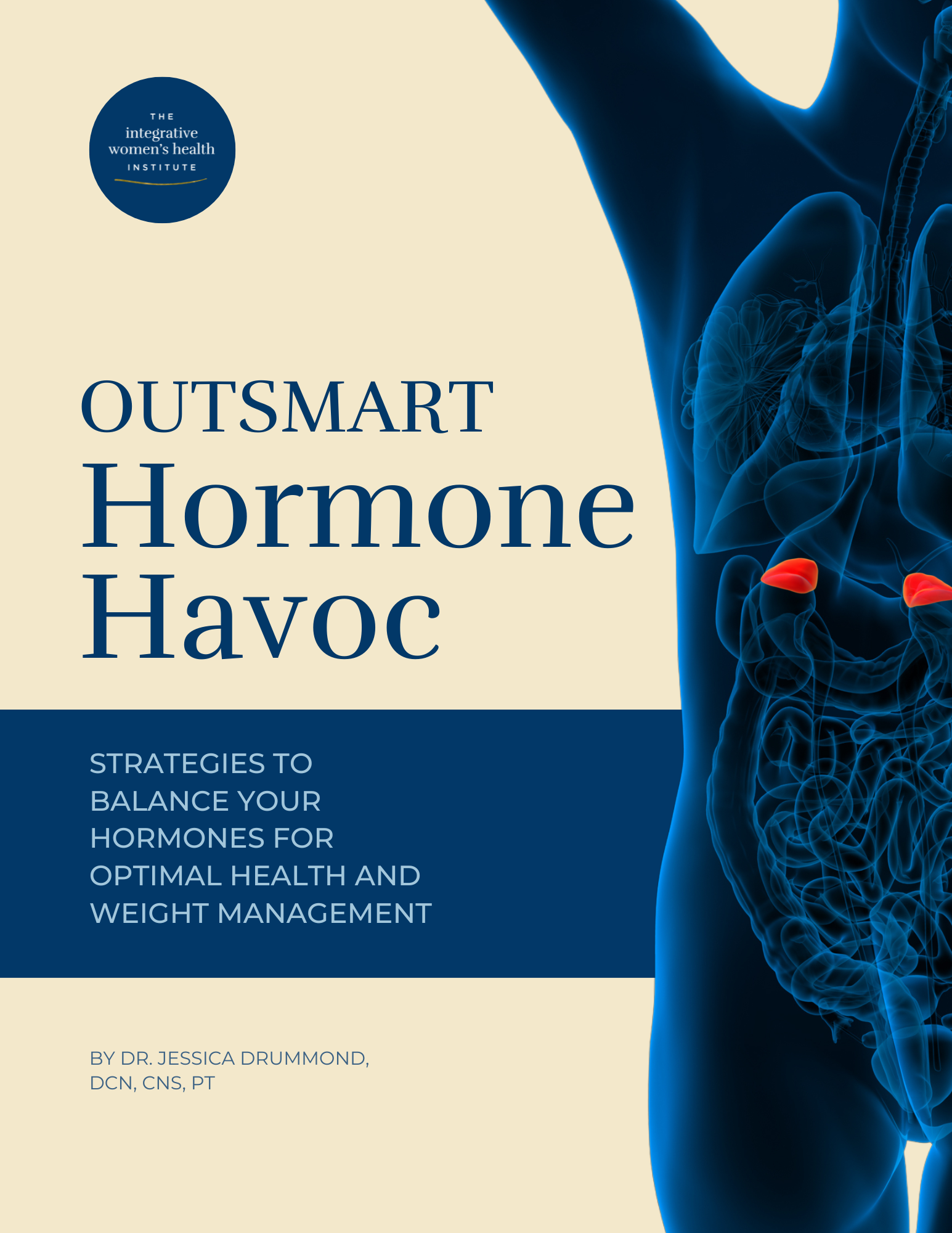
Download your free copy of the Outsmart Hormone Havoc eBook!
Strategies to Balance Your Hormones for Optimal Health and Weight Management

Dr. Jessica Drummond
Founder & CEO
The Integrative Women’s Health Institute
At the Integrative Women’s Health Institute, we’ve dedicated 17 years to crafting evidence-driven, cutting-edge programs that empower practitioners like you to address the complexities of women’s health.
Dr. Jessica Drummond’s unique approach focuses on functional nutrition, lifestyle medicine, movement therapies, nervous system dysregulation, trauma, and mindset – essential elements often overlooked in traditional health education.
In addition, your training will be fully evidence based, personalized, and nuanced (this is not a cookie cutter approach) in functional nutrition, exercise, recovery, cellular health, and all other lifestyle medicine tools.
You’ll learn to support your clients with cutting edge tools safely and effectively.

Download your free copy of the Outsmart Hormone Havoc eBook!

